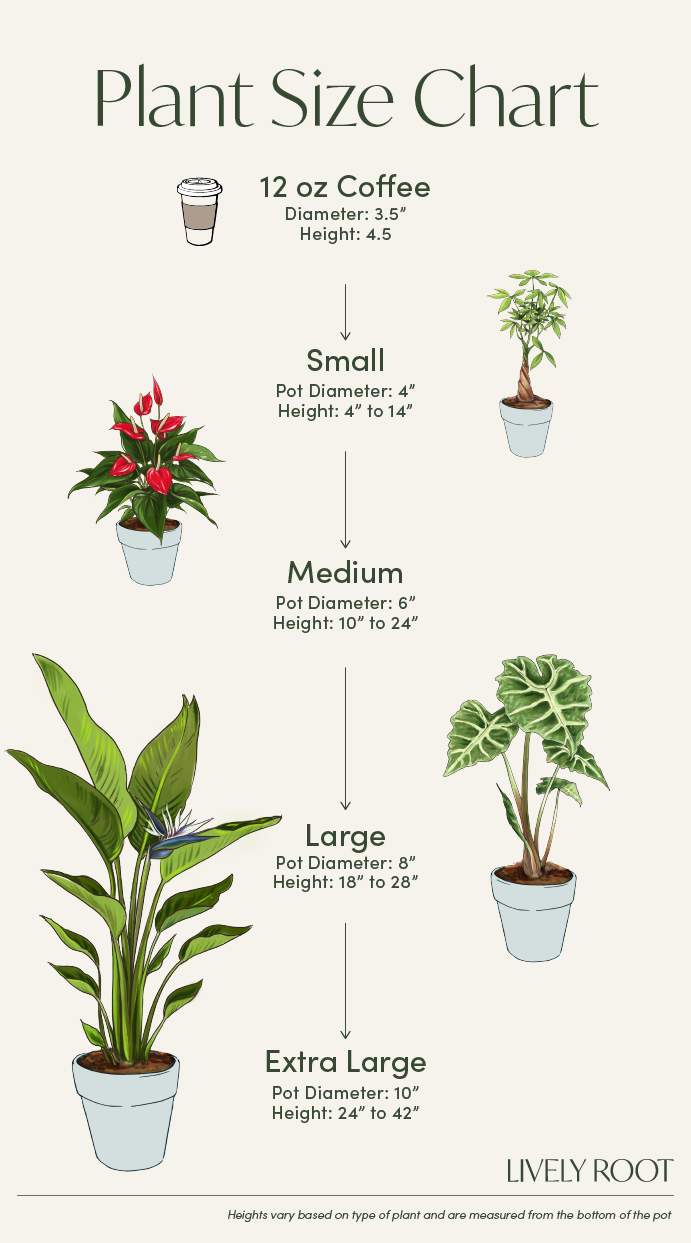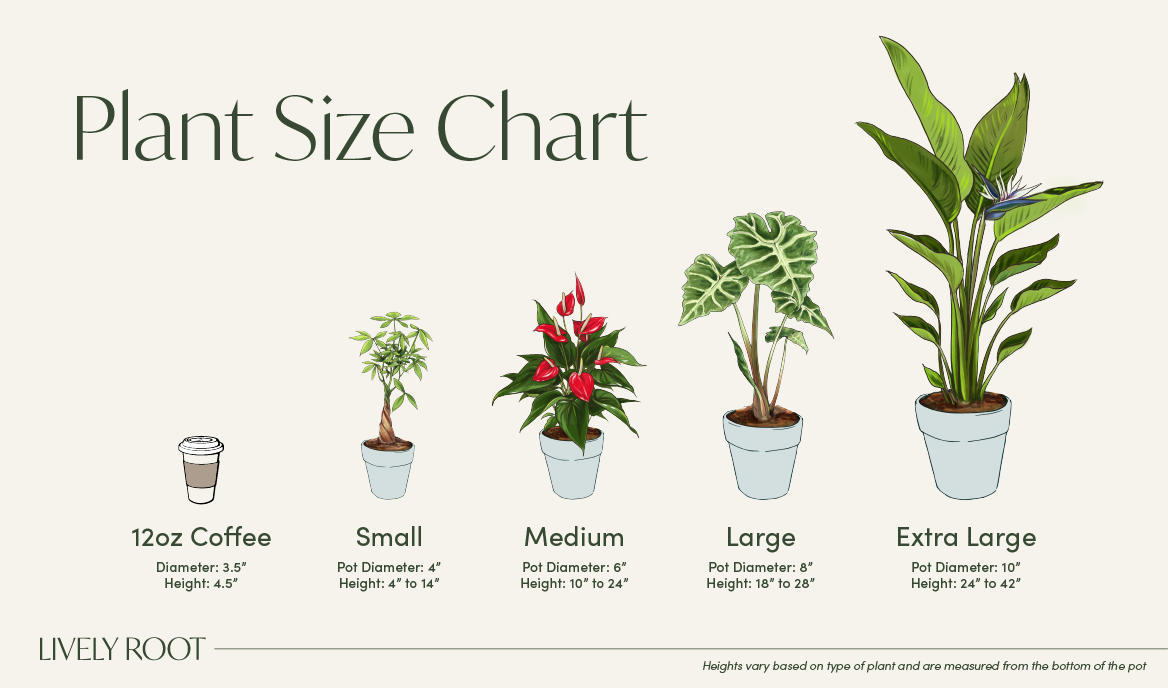

Everything you need to spice up your culinary game, the Chef's Lively Herb Kit consists of fresh Thyme, Parsley, Basil, and Oregano all planted in 4" diameter pots. Fresh herbs for days, anyone?
**We send you the freshest herbs available from our nursery, actual plants may vary from the ones pictured.
+++They smell sublime
Collection Contains:
- Mint Mojito
- Sage
- Thyme
- Greek Oregano
Chef's Lively Herbs 4-Pack Care Guide

These plants prefer low to medium light.
Allow the soil to dry out completely between waterings.
These plants don't require high-levels of humidity.
You might also like...












